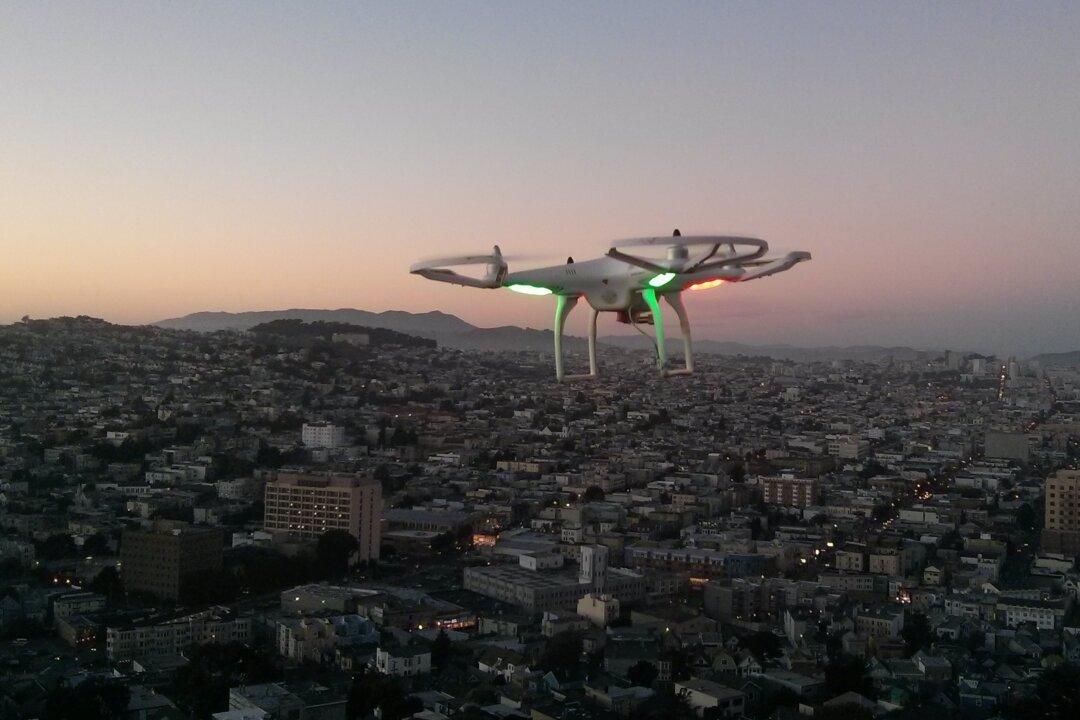This week marked another round of tensions over the appropriate place for drones in our skies.
On Tuesday, July 27, San Bernardino County, California, put up a $75,000 bounty for the pilot who in late June flew a drone that interfered with a firefighting mission in Lake County. Three aircrafts carrying flame retardant had to turn back because a drone was in their way, costing the U.S. Forest Service $10,000 and delaying containment of a forest fire that stretched across thousands of acres.
“Low-flying air tankers cannot share the sky with drones because the small aircraft can be sucked into the jet engines, causing the engines to fail and the planes to crash,” the county supervisors said in a statement.





